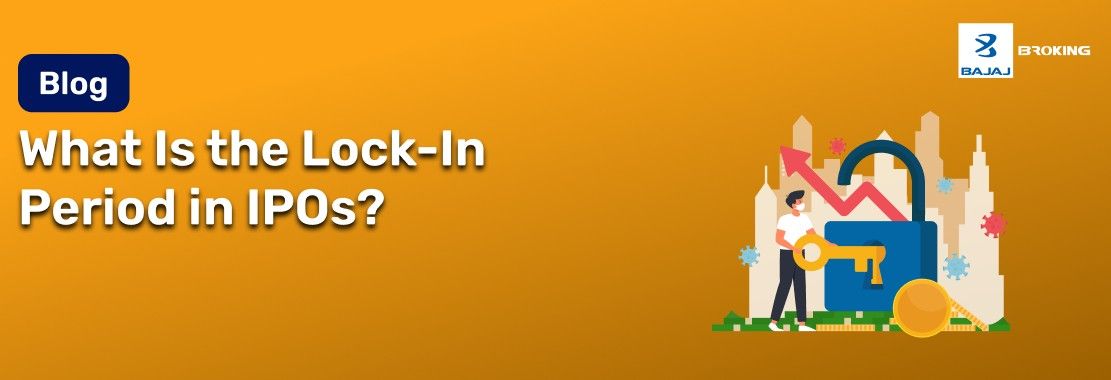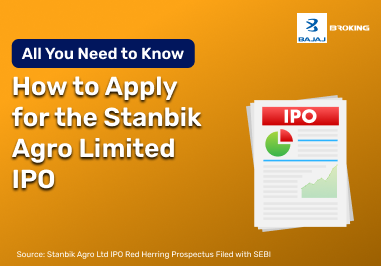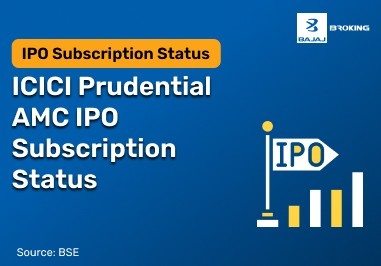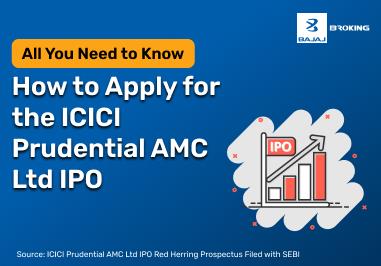What Is the Lock-In Period in IPOs?
The lock-in time in an IPO simply means that certain owners can't sell their shares for a set number of days. This usually lasts six months, but it can sometimes go up to a full year.
The goal is simple: it stops big investors from rushing out the door. The main owners and anchor investors must hold their shares. This shows they truly believe in the company. That calm helps build trust in the first few months of trading.
For small investors, knowing when the IPO lock-in time ends is key. Releasing many shares onto the market all at once can cause prices to jump around.
Types of Lock-In Periods for IPOs
SEBI has clear rules about the IPO locking periods. These times change based on the type of investor:
Promoters (Main Owners): For up to 20% of shares after the sale, the lock is 18 months (it used to be 3 years). For shares beyond that, the time drops to 6 months.
Anchor Investors: Half their shares are locked for 90 days. The other half is locked for 30 days.
Non-promoters (Others): The lock-in is usually 6 months. This is less than the former 1 year rule.
Once these time limits are over, the shares can be sold freely in the market.
How Does the Lock-In Period Work?
During this phase, anchor investors are stuck and cannot sell. Their continued presence shows the market is stable. These investors—who are usually large firms putting in over ₹10 crore—provide a soft shield against big drops in price.
Share prices can move wildly right after listing. The lock-in time works like a safety net. Once the time is up, the shares are free to trade. The stock price may rise or fall, based on who wants to buy and sell.
Example of a Lock-In Period
Look at a past case. Anchor investors had their sales limited in steps. Half their shares were locked for 90 days. The rest were locked for 30 days. This slow release stopped a sudden flood of selling.
In another IPO, the main owners had a six-month lock. Prices went up at first. But they dipped when those shares finally hit the market. This shows lock-ins help smooth things early but can cause sharp moves later on.
Why Is Lock-In Period Needed in IPO?
The lock-in time is there for stability. It stops major investors from leaving right away. It tells the market that insiders trust the firm’s future.
It also gives protection to small investors. If owners or anchors only aimed for a quick gain, trust would vanish. Holding periods prove true belief. This builds faith that the business is not just about short-term gains.
How To Handle End of Lock-In Period
For investors, the end of a lock-in time is a key moment to watch. A big surge of new shares can lead to price changes.
The smart way is not to panic over small moves. Instead, focus on the basics: Is the firm growing well? Is it making a profit? Is it well run? If yes, quick dips might be chances to buy. If not, being careful may be a smarter move.
Drawbacks of the IPO Lock-In Period
The IPO locking period is not perfect. Sometimes it sends the wrong message. A stock might look steady only because big investors are barred from selling. Small buyers can't know if insiders want to sell sooner.
Another risk is when the lock ends. If large holders sell all at once, prices can fall fast due to too many shares. It’s hard to sell shares during the lock-in. And price swings often become sharp once the period is over.
Additional Read: How To Apply For An IPO?
Explaining the Downside of Lock-In Period
The lock-in time for an IPO brings a few key issues:
False demand: Investors cannot sell. This can create an unreal feeling of calm.
Price drop risk: Big sales when the lock ends can cause sudden drops.
Money limits: Locked cash cannot be used during this time.
Price swings: Once shares are free to trade, sharp moves often follow.
Summary
The IPO lock-in time has both good sides and bad sides. It ensures calm early on. It helps build trust. But it can also hide true demand. And it can cause price jumps after the time is up.
For investors, the main lesson is clear: don't just follow anchor investors. Instead, judge a company on its core business. Don't look only at who can't sell their shares.














